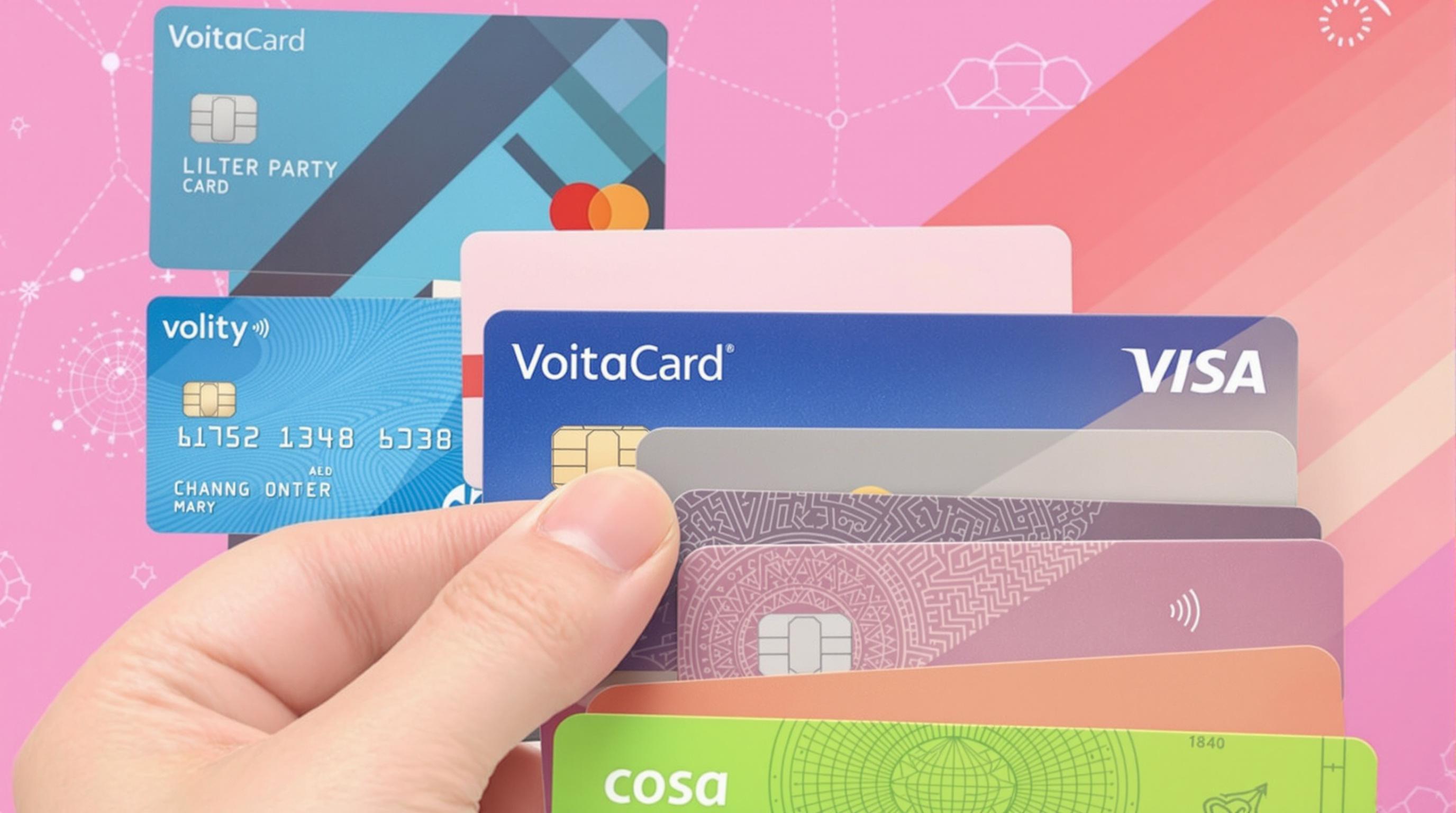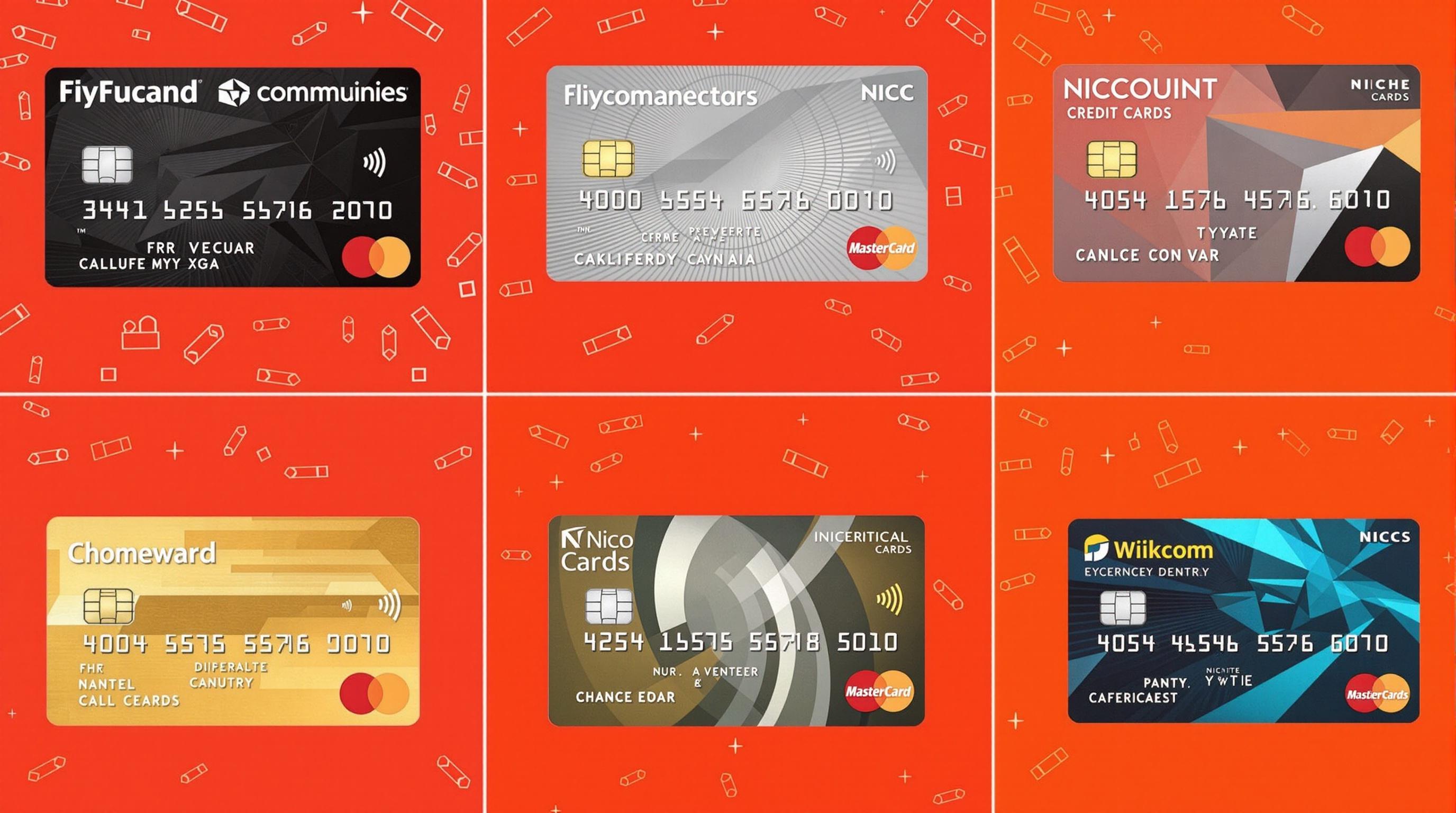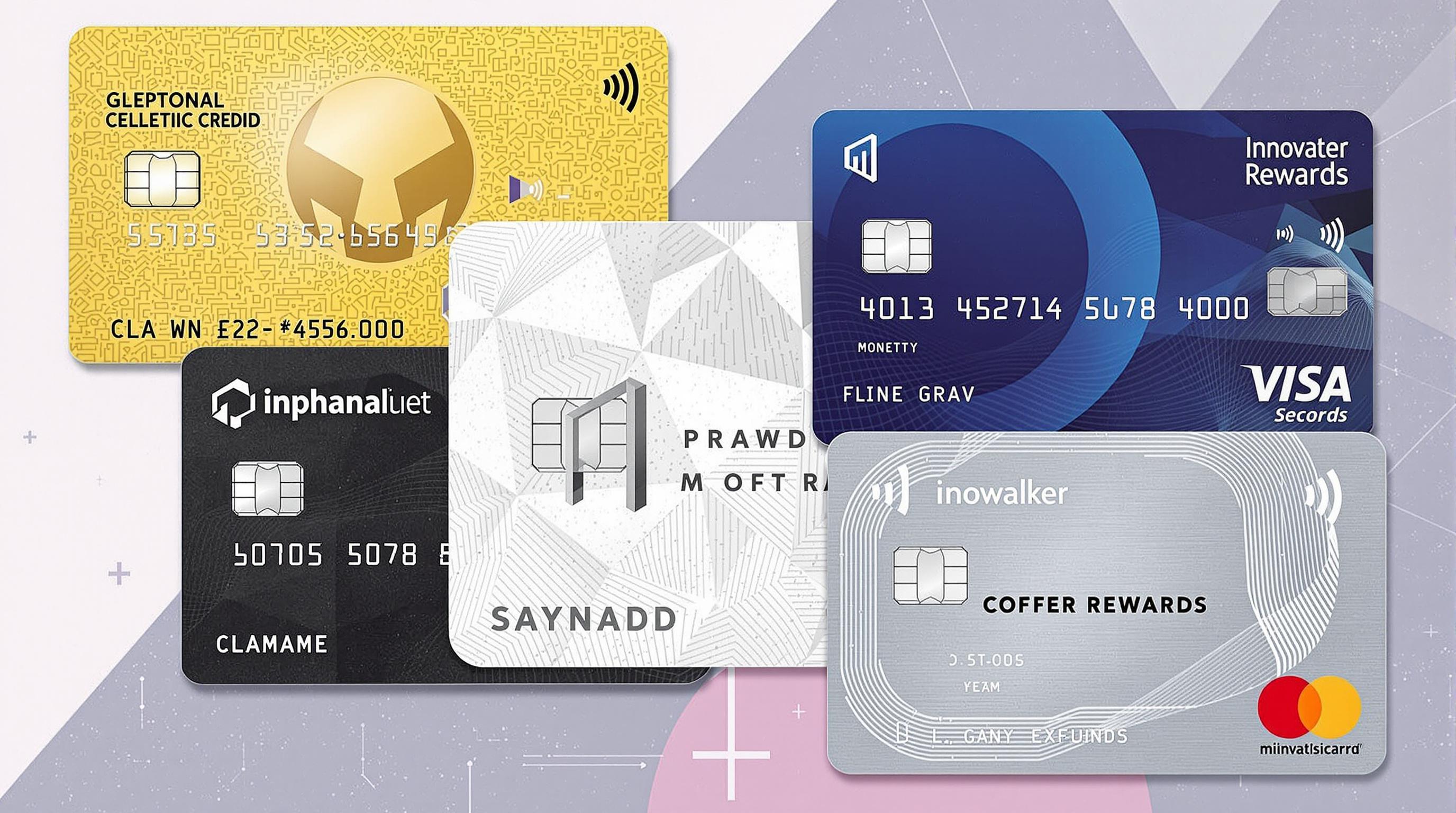Related Articles
- Top 6 Niche Credit Cards from the Past Five Years That Exploit Unseen Reward Loopholes
- Unmasking the Silent Influence of Social Media Challenges on Long-Term Financial Behavior and Credit Recovery
- How Microcredit Dynamics in Remote Communities Are Redefining Access and Trust Beyond Traditional Credit Metrics
- How Cultural Attitudes Shape Collective Borrowing Habits and Their Impact on Financial Unification Strategies
- Top 5 Under-the-Radar Digital Loan Services Launched Since 2019 That Are Disrupting Traditional Borrowing Norms
- Top 6 Cutting-Edge Financial Wellness Platforms Redefining Debt Recovery Tools Released Since 2019
9 Lesser-Known Credit Card Reward Hacks to Unlock Hidden Bonuses and Boost Your Earnings
9 Lesser-Known Credit Card Reward Hacks to Unlock Hidden Bonuses and Boost Your Earnings
9 Lesser-Known Credit Card Reward Hacks to Unlock Hidden Bonuses and Boost Your Earnings
1. Leverage Category-Specific Bonuses Beyond the Usual
Many credit cards offer bonus rewards for spending in specific categories like groceries, dining, or travel. However, some cards have hidden bonuses for less obvious categories such as streaming services, fitness subscriptions, or utility payments. Checking your card’s terms and periodically reviewing reward categories can help you identify these unique bonus categories.
For example, some cards provide extra points when you pay for digital subscriptions or recurring bills — an often overlooked method to earn rewards effortlessly. By aligning your regular expenses with these categories, you unlock rewards without altering your habits.
According to the Credit Card Insider, staying current with your card’s evolving reward categories enables you to maximize points accumulation without increasing spending. Automated alerts or reward calendar apps can also aid in tracking these perks.
2. Take Advantage of Partner Retailers for Bonus Points
Credit card issuers frequently partner with select retailers to offer exclusive cashback or bonus points promotions. These partnerships may not always be clearly advertised but can significantly boost your rewards.
By shopping through your card’s associated shopping portal or using special promo codes, you can increase your points or cash back substantially. Sometimes, these offers extend to online and in-store purchases, doubling your earning potential.
Checking the issuer’s website or app regularly will keep you informed about current partner deals. Websites like NerdWallet often list ongoing partnerships that can be leveraged to maximize rewards.
3. Utilize Authorized User Accounts Strategically
Adding authorized users to your credit card can be a win-win if managed correctly. Each authorized user’s spending can contribute to your overall rewards, multiplying the points or cashback earned.
Beyond rewards accumulation, authorized users who have good credit habits help build collective credit scores, benefiting all parties. However, it’s important to monitor spending closely to avoid unwanted debt.
As noted by Experian, choosing family members or friends who you trust to use the card responsibly can amplify your earnings without extra costs. Some issuers also offer bonus points for adding authorized users during promotional periods.
4. Timing Purchases Around Promotional Offers
Certain times of the year feature promotional offers where credit cards yield enhanced rewards. These can be seasonal campaigns, holiday bonuses, or anniversary rewards exclusive to cardholders.
Planning your major purchases during these windows can maximize your returns. For instance, tech gadgets or travel expenses bought during bonus point promotions can yield notably higher rewards.
Keeping up with issuer newsletters and credit card forums like MyFICO can help you identify when these temporary reward boosts occur, allowing you to time your spending wisely.
5. Stack Rewards With Store Loyalty Programs
Many retail stores have loyalty programs that operate independently from credit card rewards but can be combined for extra benefits. For example, earning store points plus credit card points on the same purchase enhances the total value.
Taking advantage of both simultaneously often requires presenting your store loyalty card or account in addition to using a rewards credit card for payment. The combined effect increases your overall cashback or points haul.
According to WalletHub, this rewards stacking strategy can net savings equivalent to 10% or more on regular shopping, which adds significantly over time. Ensuring you register for loyalty programs and link them to your credit card optimizes this approach.
6. Redeem Points Through Travel Portal Transfers
Many credit cards offer the ability to transfer points to airline or hotel loyalty programs at favorable ratios. This strategy unlocks higher travel value than direct redemption for statement credits or gift cards.
By transferring points strategically, travelers can book premium cabins, upgrade stays, or reduce out-of-pocket expenses dramatically. It requires monitoring award availability and transfer bonuses but can significantly amplify reward utility.
The Points Guy recommends researching and timing transfers to coincide with partner promotions, often improving redemption value by 20% or more. This hack transforms ordinary points into extraordinary travel experiences.
7. Exploit Bonus Categories With Temporary Shops and Subscriptions
Occasionally, credit card issuers create bonus rewards categories around new merchant types or products, such as emerging online shops or digital services like fitness apps or meal kits.
Signing up for short-term trials or making purchase commitments within these categories during promotional periods can cloud typically low-reward spending and turn it lucrative.
For example, some cards offered extra points for purchasing grocery delivery subscriptions during the COVID-19 pandemic, highlighting how staying informed allows you to capitalize on shifting bonus categories.
8. Apply for New Credit Cards During Introductory Offers
Opening a new credit card often includes attractive sign-up bonuses that can be worth hundreds of dollars in points or cashback. When timed properly, these bonuses can significantly boost your overall earnings.
Combining responsibly managed new card applications with your existing cards’ ongoing rewards enhances your potential without increasing spending. However, it’s critical to understand the card’s terms and avoid unnecessary credit inquiries.
According to U.S. News & World Report, using these introductory bonuses for planned large expenses or travel bookings maximizes their benefit versus standard spending.
9. Regularly Monitor and Reassess Your Rewards Strategy
Credit card rewards programs evolve frequently, with categories, partners, and redemption values changing over time. Regularly reviewing your cards’ terms ensures you avoid missing new opportunities or wasting points on suboptimal redemptions.
Many financial websites provide comparison tools and updates on credit card market changes. Setting aside time quarterly to assess your rewards portfolio enables continual optimization.
As highlighted by Forbes, habitually rethinking your rewards approach can add hundreds of dollars in annual value and align your credit card usage more closely with your spending patterns.



